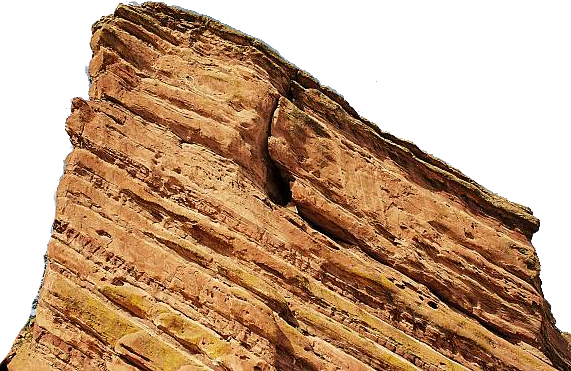Country Music’s Next Big Thing
18th August 2024Seven Lions Review
20th August 2024ShowShape allows you to draw shapes on the drawing page and display their dimensions, as well as change their position and color.
To tween shapes, create two keyframes for their beginning and end shapes in the layer that contains the sequence. Animate will interpolate intermediate frames between these keyframes to simulate one shape changing into the next over time.
Stencils
Stencils are collections of shapes that are used across a range of diagram types. Every diagram template includes at least one or more stencils tailored specifically for its type – such as an array of arrow shapes to indicate direction or shapes for managing work flow steps in an instance of workflow management.
Clicking the More Shapes icon in the Shapes pane reveals a menu with categories of similar shapes to those found in templates. Select one to browse its shapes or use the search box at the top to enter keywords; search terms are case-insensitive but include punctuation marks when matching whole words only (but don’t match partial phrases).
Search options in the More Shapes window allow you to quickly locate stencils or online shapes developed by third parties or Microsoft. When selecting one from search results and dragging it onto your drawing, a copy is first added as a document stencil shape.
Dimension Shapes
Dimensions are automatically updated when shapes are resized, such as when you drag a dimension shape around a line and glue its ends to points along it, the lines may become longer or shorter respectively. You can also easily change their width using the Size button on the Formatting toolbar.
Certain shapes such as stars and polygons provide you with the option to display their inner or outer outline as a contour drawn at every point in their perimeter, enabling you to draw interior or exterior shapes within another one, using methods like beginContour() and endContour().
These functions also allow you to make shapes with holes, such as counter-shapes knocked out of Ps. For an example of this use case, see “PolygonPShape” under File > Examples > Topics -> Create Shapes in File Explorer.
Shape Tweening
Shape Tweening allows you to animate the appearance of shapes on a Stage. While motion Tweening works by grouping shapes together, shape tweens work on individual lines and fills.
In this example, you animate a rectangle along the edge of your website using shape tweening. Without this technique, the rectangle might fling itself awkwardly or rotate into itself before returning to its final form – however shape tweening allows you to control these movements by using starting and ending points for your tweens.
To add a shape hint to a frame in a tween, select the first keyframe in the sequence, select Modify > Shape > Add Shape Hint and give the hint a red circle with an “a” somewhere on it. To mark an ending point of your shape tweening sequence, select the last keyframe and move your hint to its place on that specific ending shape.
Shape Hints
Flash can need some assistance when dealing with complex or unexpected shape changes, and shape hints provide just that assistance by marking points that correspond in starting and ending shapes of animation. Yellow color scheme indicates start keyframe and green for end keyframe, with red indication for changes not set along a curve.
To create a shape hint, select the first keyframe in a shape-tweened sequence and go to Modify > Shape > Add Shape Hint. It should appear as a red circle containing an “a” somewhere on its shape – move this marker accordingly so as to mark any points you wish.
Repeat the process on the second and third keyframes, adding up to 26 shape hints (each representing an alphabet letter like A, B or C) along the way. You can switch on or off shape hints with View > Show Shape Hints.




